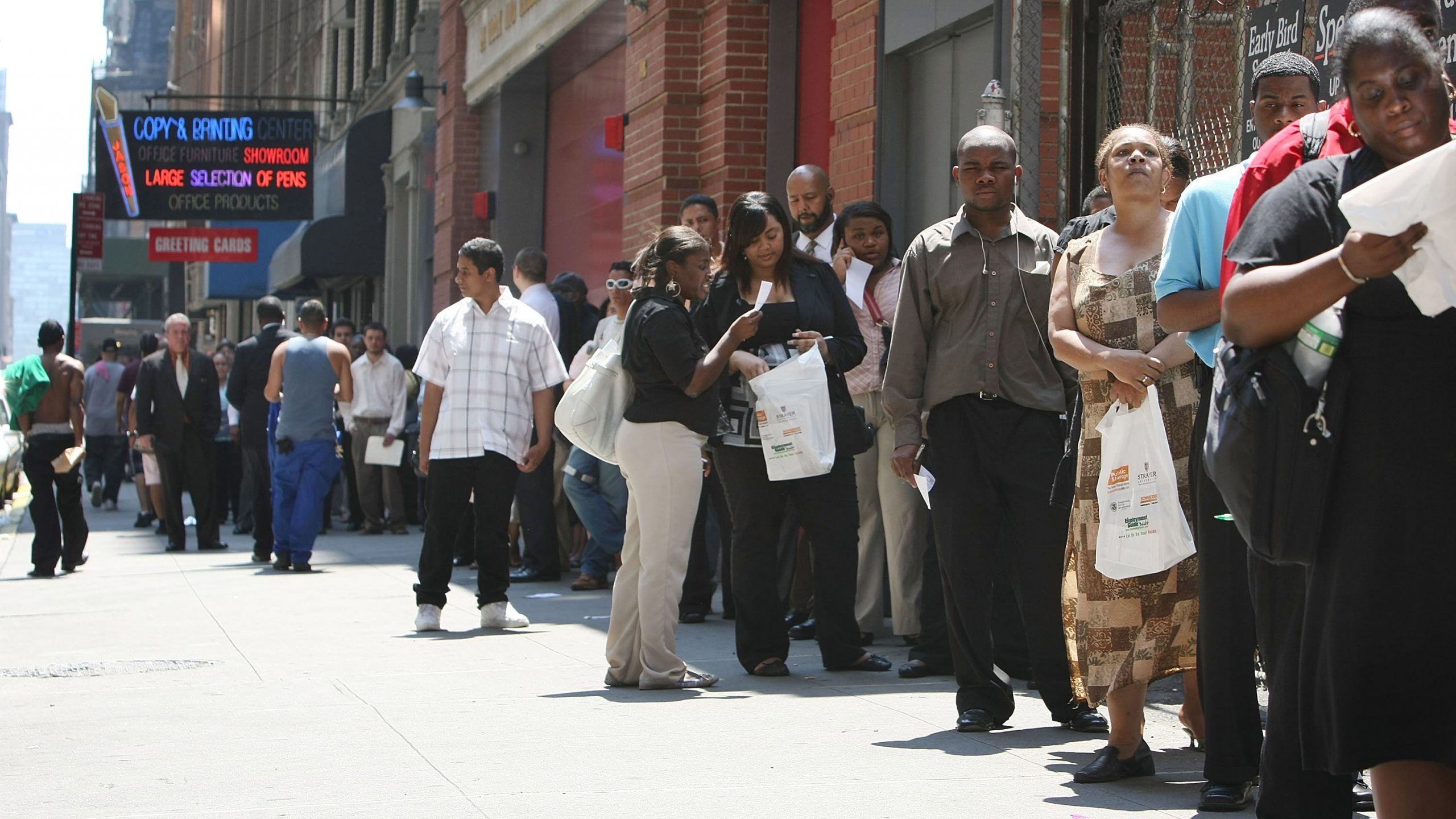(Akiit.com) While America’s economic recovery continued at a steady pace, racial disparity in hiring continues to plague the African American labor market, according to the Labor Department’s August jobs report.
It does not seem mathematically possible, but employment of white workers grew by 1.1 million in July, compared to just 12,000 for Black workers.
A National Urban League analyst calls it “a wide gap in relative employment growth.”
While it is good news that the Black unemployment rate fell a full percentage point to 8.2%, the white rate of unemployment is considerably lower at 4.8%.
“African Americans remain in the caboose as the economic train moves steadily toward recovery and full employment. There is a wide gap in relative employment growth,” according to the National Urban League.

Bernard Anderson, NUL chief economics adviser, wrote in his economic outlook released on Sept. 3 that policy changes are crucial to raising the Black employment rate.
“A high rate of job creation generated by monetary policy will not eliminate the racial employment gap. Enforcement of public policies to eliminate racial discrimination in the labor market is necessary for assuring equal opportunity in the labor market,” he wrote.
The policies include enhanced education, job training, direct employment, and enforcement of anti-discrimination actions.
Anderson calls it “unacceptable” that the Black/white unemployment ratio was 1.78 in July, even though it is better than “the perpetual 2:1 ratio.”
“Vigorous job growth and declining unemployment has done little to close the racial employment gap. The gap reflects several factors, including the labor force participation rate, the employment/population ratio of Black youth, and the greater frequency of labor market turnover among Black workers compared with white workers.”
William Spriggs, a Howard University economist who also works with AFL-CIO, told Marketplace.org that “it’s clear there’s discrimination in the labor market.”
“It screams at you,” Spriggs said.
“The unemployment rate for Blacks with associate degrees was higher than the unemployment rate for whites who were dropouts.”
He said Black workers remain unemployed the longest and that they remain “the first fired, last hired in our economy.”
Chandra Childers, an Institute for Women’s Policy Research director told Marketplace that industries including leisure and hospitality, state and local government and childcare are major employers of Black women, and they are bouncing back at a slower rate than other employers.
“Not only do Black women work in childcare, but they also are more likely than other groups of women to be the sole provider in their households, which means childcare becomes ever more important,” Childers said.
The July job report showed long-term unemployment at 8 million workers, “far above the level reported before the pandemic.”
In addition, the pandemic destroyed many minority-owned small businesses across America that are unlikely to return during the economic recovery.
According to Anderson, “there is little evidence that the elimination of supplementary unemployment compensation generated an increase in jobs.”
He explains the delay in workers returning to work include childcare responsibilities of women in low wage jobs, and the fear some workers have of contracting the virus if they return to work.
“These conditions reflect the impact of the pandemic in creating the economic contraction, producing labor market adjustments not seen in a normal business cycle,” he said.
As the effort to increase the number of Black homeowners is being bolstered by HUD Sec. Marcia Fudge and the Biden administration, Anderson wrote, “it’s ironic that at a time (when) mortgage rates are at a low ebb, housing affordability is beyond reach for many because of the widening gap between housing supply and demand.”
Housing prices rose 18.6 % from June 2020 to June 2021. Homebuyers were in search of moderately priced houses, and the median price for a single-family home was $360.000 in August.
Columnist; Alvin A. Reid
Official website; https://twitter.com/aareid1









Leave a Reply